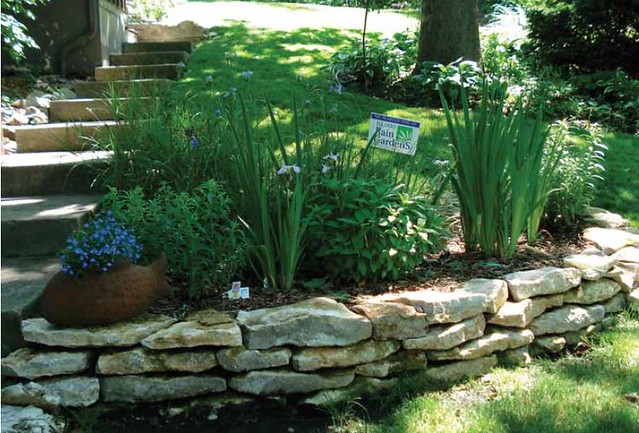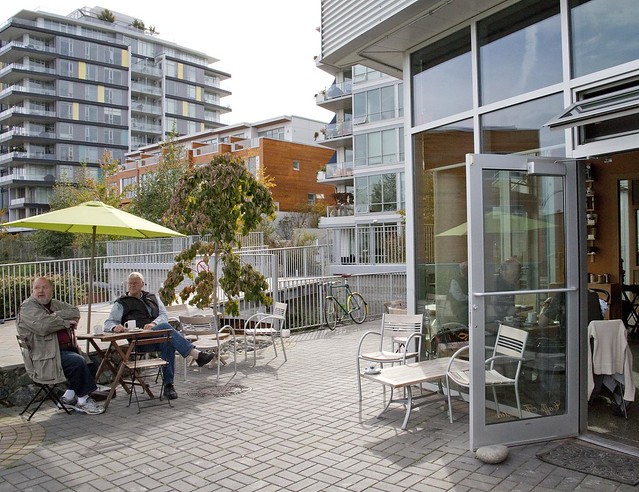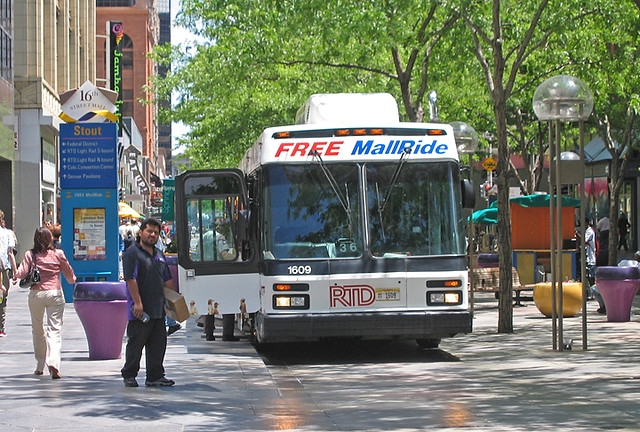A Placemaking Journal
Moving Beyond “Smart Growth” to a More Holistic City Agenda
Originally published almost four years ago and every bit as relevant today.
I have spent most of the last twenty years working on an agenda grounded in, for lack of a better phrase, “smart growth.” That agenda basically holds that our regions must replace suburban sprawl with more compact forms of growth and development; that neighborhoods must be walkable and convenient; that automobile dependence must be replaced with a system of mobility choices in which the automobile is only a part. It is an environmental agenda first and foremost, but those of us who advocate it also believe it to be good for people.
The smart growth agenda was actually somewhat radical when it coalesced in the 1990s, and there are still places where it is not accepted, many more where it has not been fully implemented. But advocates can take some comfort in the fact that smart growth has become mainstream, taught by one name or another in every planning school in the country and guiding city thinking far and wide. We still have a long way to go, but central cities have stopped hollowing out; sprawl is slowing; and big cities all across the nation are thinking about light rail, streetcars, bus rapid transit, and/or better bicycling infrastructure. I feel good to have been part of these changes.
And yet: I am becoming increasingly resolved in my conviction that smart growth and smart transportation – as important as they are to the future of our communities and our planet – are not nearly enough to produce sustainable communities. They are certainly not enough if we reach beyond mere sustainability, as we should, to social equity and justice, to places that not only do less damage but actually repair and restore where damage has been done, to places of nourishment, healing, and resilience.
 Moreover, there have been advances in research and best practices, particularly in fields such as green infrastructure and green building, that have arisen since the smart growth agenda was formulated and that the movement has never fully assimilated. That’s a shame: new development that doesn’t take advantage of these practices isn’t “smart”; it’s dumb. (I’ve written about these issues before, of course, most recently in my book People Habitat, in which I argue that smart growth will become passé if it doesn’t evolve.)
Moreover, there have been advances in research and best practices, particularly in fields such as green infrastructure and green building, that have arisen since the smart growth agenda was formulated and that the movement has never fully assimilated. That’s a shame: new development that doesn’t take advantage of these practices isn’t “smart”; it’s dumb. (I’ve written about these issues before, of course, most recently in my book People Habitat, in which I argue that smart growth will become passé if it doesn’t evolve.)
I say that it is time to become more ambitious and holistic in our thinking about cities, towns and neighborhoods. In the interest of being provocative and starting a conversation, I propose a list of ten questions that every community should ask in order to identify ways to improve. These questions embrace smart growth, to be sure, but they don’t stop there. Here they are:
- Are neighborhoods fully hospitable to residents with a range of incomes, ages and abilities? I put this one first both because I believe it has been a weakness of smart growth – gentrification is a tough nut to crack, but that doesn’t make it less troubling – and because in some ways it is the most important. As I wrote in my book (and I promise this will be the last shameless plug in this article): if our solutions don’t work for people, they will never work for the planet.
- Does the community respect nature, integrating natural areas and systems into regional planning and neighborhood design? This has been another weakness of the smart growth agenda; in its enthusiasm for hardscape urbanism and downtown infill, it too often has ignored our innate need for living nature. To be sure, integrating nature into a highly urban neighborhood requires considerable thought and effort. But it is critical if we want our cities to be living ecosystems that people want to live in.
 Do buildings and infrastructure take advantage of resource-efficient design and management practices? Green buildings are mainstream now, and green infrastructure is advancing. Indeed, some progressive institutions believe it is time to begin installing “net-positive” buildings that produce more sustainable energy and water than they consume, and that generate no net waste. In the meantime, we should at least ask if our structures are moving in the right direction with regard to reducing resource consumption and pollution.
Do buildings and infrastructure take advantage of resource-efficient design and management practices? Green buildings are mainstream now, and green infrastructure is advancing. Indeed, some progressive institutions believe it is time to begin installing “net-positive” buildings that produce more sustainable energy and water than they consume, and that generate no net waste. In the meantime, we should at least ask if our structures are moving in the right direction with regard to reducing resource consumption and pollution.- Do the community design and social structure encourage healthy living and well-being? This is another biggie, and it can lead to fascinating inquiries, including whether there is clean air and water; walkable access to shops, amenities, and services, including good schools, healthy food, and parks; good health care facilities and services; and plentiful playgrounds and sports facilities.
- Is the overall metropolitan or community development footprint discernible and no larger than necessary? Are there measures that limit the encroachment of new development onto natural and rural land? Leapfrog development in particular should be strongly discouraged with appropriate policy and incentives.
- Does the community include public spaces of beauty, character, and utility? Qualities such as “beauty” and “character” may be hard to define, but it is essential that we ask these questions and try our best. Public spaces in particular give definition to a neighborhood, a town, a city. These include parks, plazas, and monuments, of course, but we must not forget that streets are our most plentiful, visible, and important public spaces. Do they serve pedestrians well? Is their scale pleasing and harmonious? Are they inviting?
- Are there convenient, safe, affordable and efficient transportation choices? It is critical that residents have multiple ways to get around. In communities of any scale, this must include convenient, pleasant public transit.
 For all communities, there should be “complete streets” with inviting accommodation for pedestrians, bicyclists, and people with disabilities. Many cities are also now hosting carshare and bikeshare programs: would the community make a good candidate?
For all communities, there should be “complete streets” with inviting accommodation for pedestrians, bicyclists, and people with disabilities. Many cities are also now hosting carshare and bikeshare programs: would the community make a good candidate? - Does new development use land efficiently, with appropriate attention to the context? We made a terrible mistake by allowing the grossly inefficient use of land that characterizes the suburban sprawl – both commercial and residential – that we built in the late 20th century. That mistake must not be repeated. But this question embodies a tension: at least in theory, the highest density that the market will bear on a particular site will always make the most efficient use of land; but sensitivity to context may well dictate something lower. I think the tension is healthy: it can be a painful process, but within reason I believe it is entirely appropriate for the community (not just the immediate neighborhood, importantly, though their views should be given extra weight) to decide where the balance is struck in each case.
- Does the community respect and enhance important local conditions, resources, and culture? It is hard to justify places like Dubai and Las Vegas – rapidly expanding, highly water-consumptive metropolises in the desert. On the other side of the climate spectrum, it is equally hard to justify building in floodplains, especially as sea level rises and storms tend to get stronger. Local climate conditions matter. So does local culture, including historic resources; a great community will celebrate its cultural assets, not denigrate them.
- Does the community encourage collaboration in planning and development? Easy to say, much harder to do. But so important. Decisions stand the best chance of success when there is a feeling of collective ownership over them.
Having come up with this list, I recognize that it is imperfect at best. As I was writing, I kept thinking of additional items and nuances. Entire books have been written about some of those points. But, fortunately, my intent is to start (or perhaps revive) a conversation, not finish one. I welcome your thoughts.
Move your cursor over the images for credit information.
–Kaid Benfield
If PlaceShakers is our soapbox, our Facebook page is where we step down, grab a drink and enjoy a little conversation. Looking for a heads-up on the latest community-building news and perspective from around the web? Click through and “Like” us and we’ll keep you in the loop.










